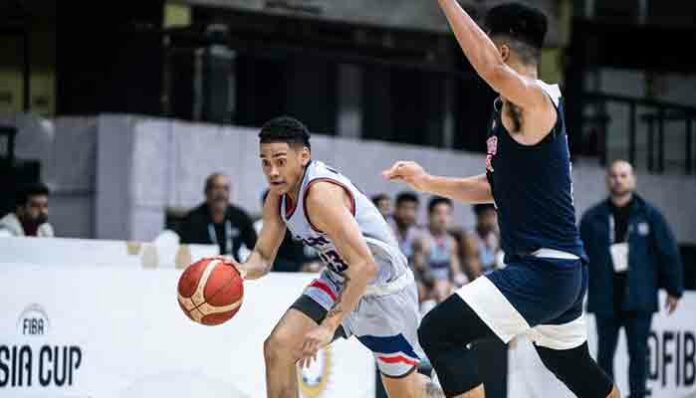Each team has five players.
Basketball is played between two teams. In a normal game, each team has 5 players on the court at the same time. So, there are 10 players on the court during the game. But each team has more players on the full team, not just the ones playing.
In the NBA (National Basketball Association), how many players on a basketball team? Each team can have up to 15 players on their full list, called a roster. But only 13 players are allowed to play in a game. The other 2 players have to sit out and cannot play in that game.
NBA teams also work with G-League teams. The G-League is a smaller league where players practice and try to get better. These players hope to join the NBA one day. G-League teams also have up to 15 players, but only 13 can play in each game, just like in the NBA.
Players can be moved between teams. Some players are traded, some come from the G-League, and some are newly signed. Because of this, the number of players on a team can change often.
So, if you are wondering how many players on a basketball team, the answer depends on the league and the game. But usually, teams have 15 players total, with 13 allowed to play in a game, and only 5 on the court at one time.
Ways to play offense, which means trying to score points, and defense, which means trying to stop the other team from scoring, in basketball.
Basketball Positions Evolve: The Roles of Small Forward and Power Forward
When watching basketball, you will notice that players have different roles or positions on the court. Two important positions are the Small Forward and the Power Forward. These players help the team in many ways—scoring, defending, and passing.
Famous players like LeBron James and Kevin Durant are great examples. They play these forward positions and are known for their strong skills, smart moves, and ability to do many things on the court.
Now imagine one player who is the heart of the team. Everything the team does goes through him. That’s how Nikola Jokic plays. He is the main player for his team and makes things happen—passing, scoring, and leading.
In recent years, basketball teams have started to change how they choose players for games. They try new lineups to fit modern styles of play. One popular way is the “small ball” lineup. This means the team uses shorter but faster players to score more points.
The Golden State Warriors are a great example of this. They use Draymond Green in a special way. Even though he’s not very tall for his position, his skills and smart play help the team win.
So, how many players on a basketball team? Each team can have up to 15 players, but only 5 play at the same time. Coaches pick players based on what the team needs in each game.
Understanding Basketball Roles: Guards and Forwards/Centers
Exploring Basketball Defense: Man-to-Man versus Zone Defense
In basketball, defense is just as important as scoring. One common type of defense is called man-to-man defense. In this strategy, each player guards one player from the other team. For example, if you are guarding the tallest player on the other team, your job is to follow them everywhere they go and try to stop them from scoring.
But sometimes, the other team will try to help their player get free by using a screen. A screen is when one player blocks you so that their teammate can move and get open. If this happens, you might need to ask a teammate for help or switch with another teammate to guard a different player. This teamwork helps keep the defense strong.
Another way to play defense is called zone defense. In zone defense, players don’t guard one person, they guard an area of the court. Each player has a zone, or space, they must protect. If someone from the other team comes into their zone, they try to stop them from scoring.
Both man-to-man and zone defense need good communication and teamwork to work well.
And remember, how many players on a basketball team? Each team can have up to 15 players, but only 5 are on the court at one time. These 5 players must work together—on both offense and defense—to win the game.
Understanding Zone Defense: Strategies and Formations
In basketball, zone defense is a strategy where each player guards a certain area of the court, not just one person. This helps teams protect important spots and stop the other team from scoring.
In a typical zone defense, the guards (usually smaller players) stay near the outside of the court. They try to block passes and stop outside shots, like three-pointers. The forwards and center (usually taller players) stay closer to the basket in an area called “the paint”. They focus on stopping players from scoring close to the hoop and protect the baseline.
There are different types of zone defenses, such as the 2-3 zone and the box-and-1.
-
In a 2-3 zone, the numbers show the setup: 2 players stay near the outside, and 3 players stay closer to the basket. This formation helps cover both the three-point line and the key area.
-
In the box-and-1, four players make a box around the key to protect the paint, while one player follows the other team’s best player closely everywhere. This special setup is used when one player on the other team is scoring a lot.
These formations are smart ways to play defense as a team.
So, how many players on a basketball team? There are usually 15 players on the team, but only 5 players are on the court at one time. Those 5 players must know where to go and what area to defend, especially when using zone defense.

